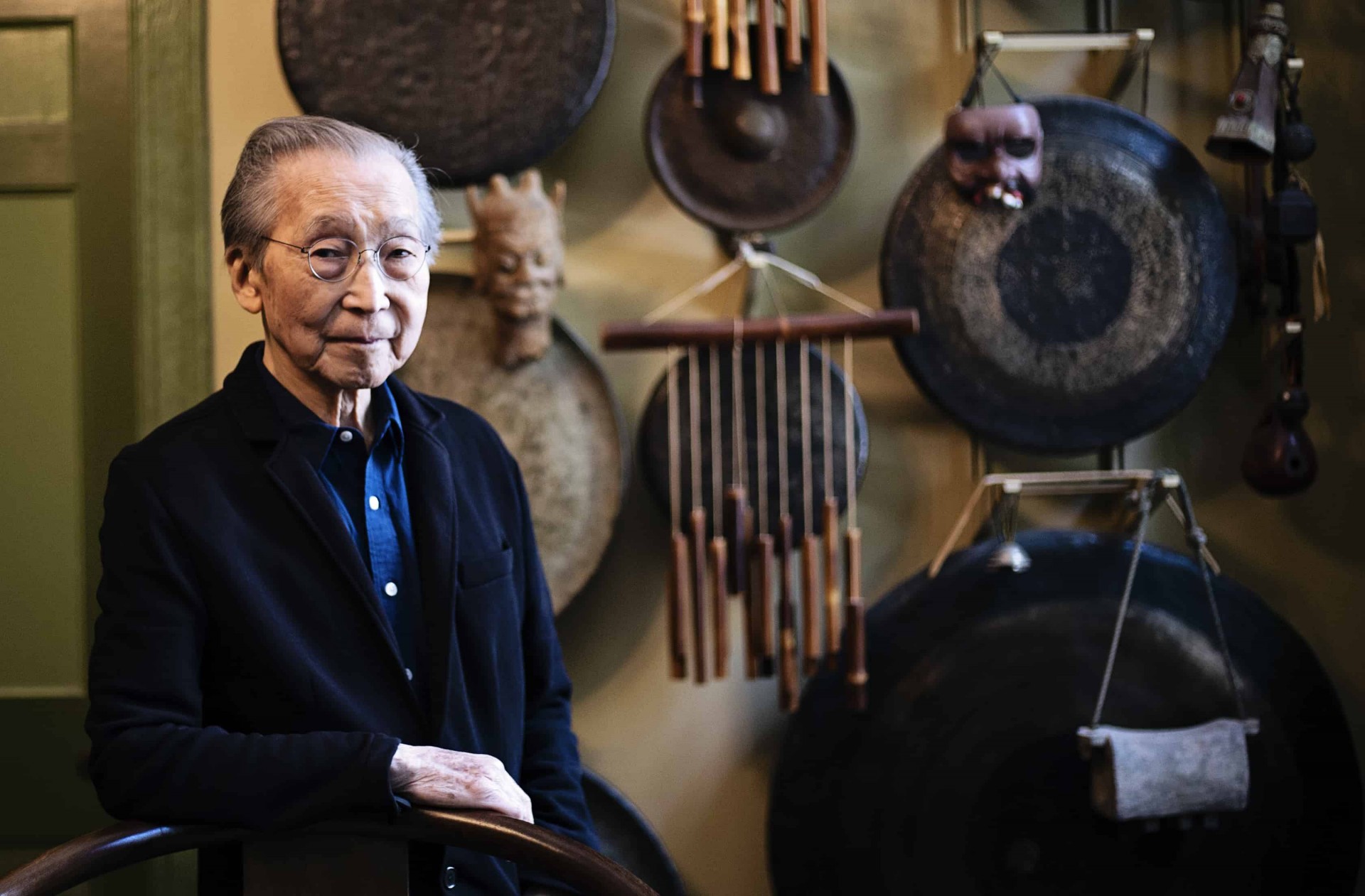String Quartet No. 2: "Streams"
Item
-
Score title
-
String Quartet No. 2: "Streams"
-
Composer
-
Chou Wen-Chung
-
Program note
-
My second string quartet is meant to be a humble tribute to the universality of the genius of Bach. When I was commissioned by the Brentano String Quartet for a short work in response to The Art of Fugue, I immediately decided to follow the commissioned fugue with ensuing movements on the same subject, as a quartet. It is intentionally concise in view of the monumental dimensions of The Art of Fugue. It bears the subtitle of Streams, suggesting the ebb and flow of distinct ideas sprung from a single source or the confluence of currents from different sources into a single intermingling entity.
The first movement is a strict fugue. Where it is different from a conventional fugue is that its theme undergoes radical transformations throughout the fugue according to the elasticity central to the Chinese theories of yin-yang and I-ching. If the western transformation of a fugal theme can be characterized as viewing oneself in a mirror — an exact reverse image — then the transformation in this quartet is more like seeing one’s own face undulating in a running brook or a rippling pond. Another difference is in the emphasis on the gradual “process” of change as against a single “instance” of change. This characteristic is found throughout the quartet.
The second movement is an elegy, set as a canon in two pairs, based on the yin-yang forms of the fugal theme. The Chinese subtitle, Zhaohun, refers to a millennia old poetic form, meaning literally “calling for the spirit of the deceased.” It is in turn mournful, tender, explosive and delirious but always constrained, and often in juxtaposition of each other. This wide range of emotion is expressed by the strings with mutes, in imitation of each other. This movement reminds me of the extraordinary a cappella polyphonic singing of villagers from an isolated locality in southwest China that I heard some years ago, which employed flexible but complicated imitation that is remarkably in spirit with that of this elegy. The Elegy is dedicated to the memory of my brother, Wen-tsing, who died unexpectedly shortly before I began to sketch out this movement.
The next is an extremely brief scherzo-like movement in the character of a “perpetual motion,” although technically again a double canon. The interest here is the process of a relentless drive towards an ever-increasing tension by means of a constant expansion of the number of notes within each phrase, and of repeated bowing attacks within each beat. This steadily tightening mood is however counteracted by the ebb and flow in the tempo and the fluctuation in the dynamics. All of these means of expression in sound are in accordance with the same aesthetic principles in Chinese calligraphy, where a single brushstroke in action can suggest an increasing mobility and tension while, at the same time, exhibiting fluctuations in texture and density. In short, this movement appears to be all about how a single calligraphic stroke completes its course of action. For a long time after the movement was composed, I was puzzled as to why I chose to depict such a theme. It only dawned on me recently that over the many months when I was composing this quartet, I was suffering a severe recurrent pain in my body that would intensify mercilessly to an unbearable climax when it would suddenly subside, very much in the manner of the arpeggio that abruptly concludes the movement.
The last movement is a recapitulation of the three principal expositions of the fugue. It opens with a canonic imitation in double-stops, making it practically a canon in eight parts. The superposition of double-stops on the strings made me feel sublimated while composing the movement. It is followed by a cadenza-like section leading to another eight-part section which is now homophonic with a strong sense of searching for the meaning of life — to be one with nature. A brief coda brings the music back to where it started in the beginning, reminiscent of the introduction to the fugue. In deference to the monumental dimensions of Bach’s The Art of Fugue, Streams is conscientiously kept brief and concise.
 Chou Wen-chung
Chou Wen-chung
